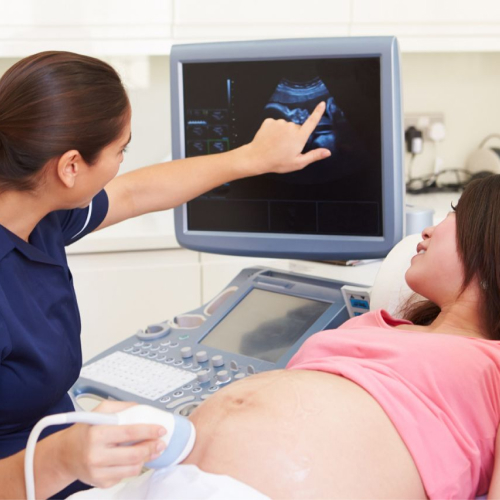Safe & Effective Laser Assisted Hatching Procedure
Laser Assisted Hatching is an additional lab technique that has been designed to improve efficiency of ART (Assisted Reproductive Technology) like IVF or ICSI.
The unfertilized egg is enclosed in a shell called zona pellucida. The zona plays an imperative role in fertilisation and allows only one sperm to penetrate to enter egg to achieve fertilisation. Once the egg fertilizes, the zona pellucida hardens and the clevage stage of egg’s development begins. This development phase is normal and the purpose is to keep the cells together. The embryos have to break out of the zona in order to embed themselves into the endometrial lining of the uterus.
When the sperm and egg are cultured during the process of IVF in laboratory, the zona hardens at a faster pace than natural that makes the process of implantation of embryo bit hard. Prior to the implantation, the embryo has to escape out of its zona by the process of ‘hatching’. If hatching is not completed properly, it may result in failure of implantation and ultimately failure of conception.
Laser Hatching is the process in which a hole is created in zona to help the embryo escape and thus helping it “hatch”.
What are the benefits of Laser Hatching?
- Laser hatching is safe and simple method often performed by using acidic medium.
- The accuracy of the laser hatching is often pre-determined hence making this procedure very apt to be used.
- It helps to improve implantation and pregnancy rate to many folds.
- It is very helpful procedure for thawed embryos as it maximizes the rate of success.



